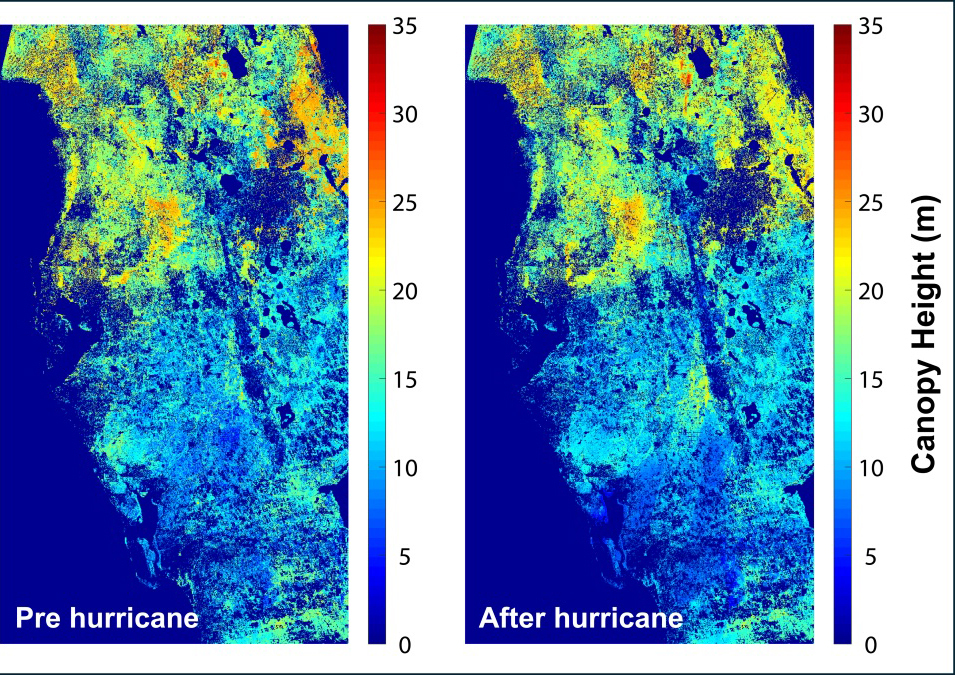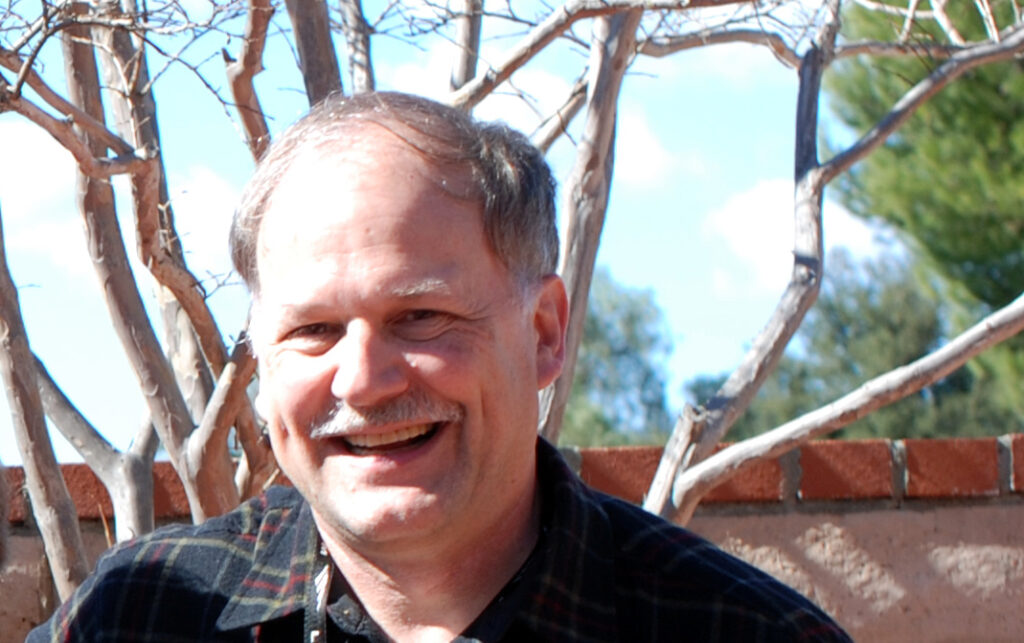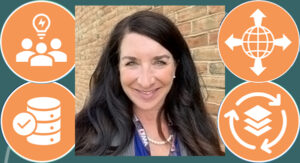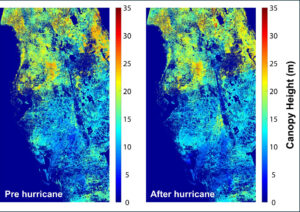By Vangie Koonce, with Laura E.P. Rocchio
During the summer of 1975, Jacques Cousteau and his divers helped NASA determine if Landsat could measure the depth of shallow ocean waters.
The story of this NASA-led satellite bathymetry experiment unfolds through the photography and expedition documents preserved by David Lychenheim, the expedition’s communications engineer.
Research done during that expedition determined that in certain conditions Landsat could measure depths up to 22 meters (72 feet), which gave birth to the field of satellite-derived bathymetry. This new technology enabled charts in clear water areas around the world to be revised, helping boats and deep-drafted supertankers avoid running aground on hazardous shoals or seamounts.
==TRANSCRIPT==
Narrator: Our oceans connect us. A vast network of waterways supporting the global transit of almost 80 percent of all goods. That’s nearly 11 billion tons of food, medicine, and many items we rely on in our daily lives. With coastlines constantly changing, how do large ships safely navigate these waterways? With shallow water features such as reefs and shoals, it is essential to have accurate maps so ships can avoid these serious navigation hazards.
In the summer of 1975, Jacques Cousteau and NASA teamed up with Landsat satellites to see if the same technology that discovered new coral reefs, corrected coastline maps, and revealed uncharted islands could also measure shallow water depth from space.
Bernard: By the radio, we get the information of Calypso that said, “Go, now!”
Narrator: Measurements of water depth or bathymetry allow scientists to chart the marine landscape. And just as aerial photography revolutionized topographic mapping, scientists had a hunch that satellite observations could do the same for bathymetry. The 1970s ushered in a new era of global maritime trade and an unprecedented demand for crude oil, resulting in the design of ultra-large crude carriers or supertankers capable of carrying up to 30 times more oil than previous tankers. Just one of these massive ships could cause a catastrophic environmental disaster, spilling millions of gallons of crude oil if they ran aground.
A leading voice of marine environmentalism at the time was Jacques Cousteau, the world’s most famous aquanaut. He expanded the growing conservation awareness from the land to the seas and set the groundwork for the ocean environmental movement. The newly launched Landsat satellites provided a new vantage point from above and opened up a world of possibilities for ocean monitoring from space. Through George Low, the Deputy Administrator of NASA, Cousteau connected with Russel Schweikart, a former Apollo 9, Skylab astronaut. Together, the aquanaut and the astronaut embarked on a three-week long expedition to find out whether Landsat satellites could make accurate bathymetry measurements.
A team was assembled: Cousteau and his experienced divers, Rusty Schweikart, a jet-flying, scuba-diving astronaut, NASA and university scientists, and the president’s son, Jack Ford, an experienced scuba diver. But they still needed a radio operator to coordinate the experiment’s satellite based communications. David Lychenheim, a 23-year-old engineering student overhead a NASA scientist talking about the position.
David: And I raised my hand and I said, “I’ll leave tomorrow.” I was first to go to Goddard Space Flight Center and get some training on the gear that was on the Calypso as a radio slash communications engineer. The Calypso was a 1942 wooden minesweeper, very narrow and maximum speed was ten knots. It was very slow, but the ship did what it supposed to do. It was equipped with a mobile laboratory for underwater research and also had a lot of satellite gear for communications. So I had some training for a week or two, figuring out orbits and locations of satellites and then I was off to Montego Bay, Jamaica.
Narrator: David met Cousteau and his team as they prepared the Calypso to set sail for the Bahama Islands. There, the clear waters of the Western Atlantic provided the perfect test site for measuring water depth from space.
David: Eventually, we moved to the Bahama area to do this Landsat coordinated effort with another research vessel called the Beayondan. Beautiful sailboat actually, it was outfitted for scientific experiments such as water salinity tests and whatnot. So they followed the Calypsoaround pretty much all of the Bahamas, where we were coordinating with Landsat. Beayondan, Calypso, the divers, all this was a part of this coordinated plan. My role on a daily basis was morning and afternoon I would give the captain a Polaroid that had a picture of the local area showing any weather patterns that might have cropped up. In addition to that, my job was to ensure good communications between the Zodiacs that the divers were on, the Beayondan, also Rusty Schweikart who flew the NASA T38 jet at high altitude, and I would coordinate with the Landsat Group via Goddard Space Flight Center. All those things had to be coordinated closely for timing and location.
Narrator: Once in position, the Calypso and Beayondan recorded the water’s depth using their sonar. Then, as a Landsat satellite passed overhead, the ships and diving teams made a series of precisely timed measurements. As Cousteau’s chief diver for the expedition, Bernard Delemotte recalls:
Bernard: By the radio we get the information of Calypso that said, say, “Go, now!”
Narrator: That was the signal for the Zodiac divers to start making their measurements.
Bernard (in French): At this instant, we had to take three different precise measurements: the temperature, the vertical visibility, the horizontal visibility, and when the depth did not exceed 20 meters we took a sample from the bottom (of the ocean). Narrator: Each night, the boats sailed 90 nautical miles westward to the next experiment site. And were ready to take new measurements when Landsat passed overhead in the morning.
David: After deciding where we would position the ships, we would move throughout the area. We were in Nassau, we were in Eleuthera, Northwest Channel Bimini, Barry Islands. We would hopscotch back and forth.
Narrator: With the detailed measurements taken by Cousteau and his team, NASA scientists demonstrated that in similar conditions depths of up to 72 feet could be measured by Landsat. Those early satellite-derived bathymetry measurements revealed previously unknown shoals, uncharted reefs, and other navigational hazards. And also helped revise charts of clear water coastal areas, making sailing safer around the world. This work gave birth to the field of satellite-derived bathymetry, and the field continues to evolve today with missions like ICESat-2. The experiment also had a profound impact on David.
David: This expedition changed my life. I returned to Maryland and then got a job at Goddard Space Flight Center. And I worked there for the next 30 years.
Narrator: Since 1972, Landsat satellites have been steadfast observers of our changing planet, making more and better observations with each new satellite. Landsat 9, the newest satellite in the series, will continue recording the spectral story of Earth’s ever changing land surfaces and coastal waters.
Further Reading:
+ Chasing Satellites with Jacques Cousteau






